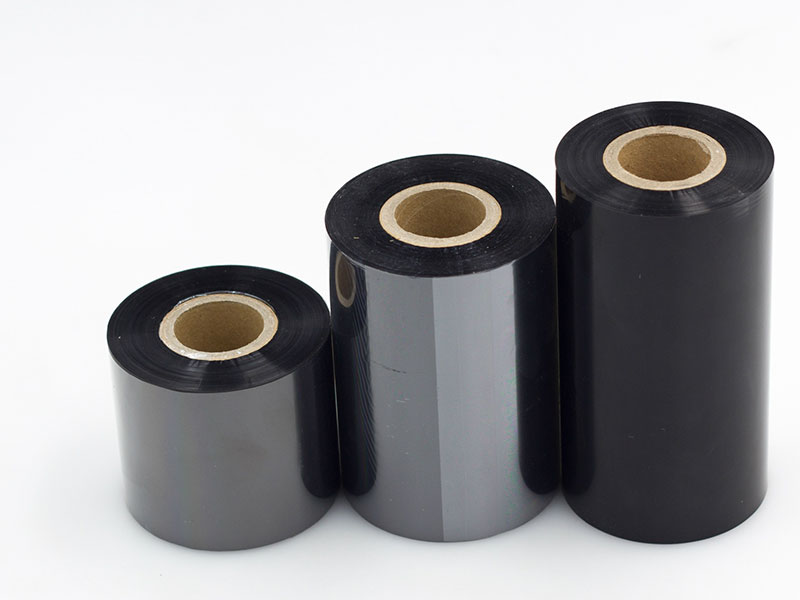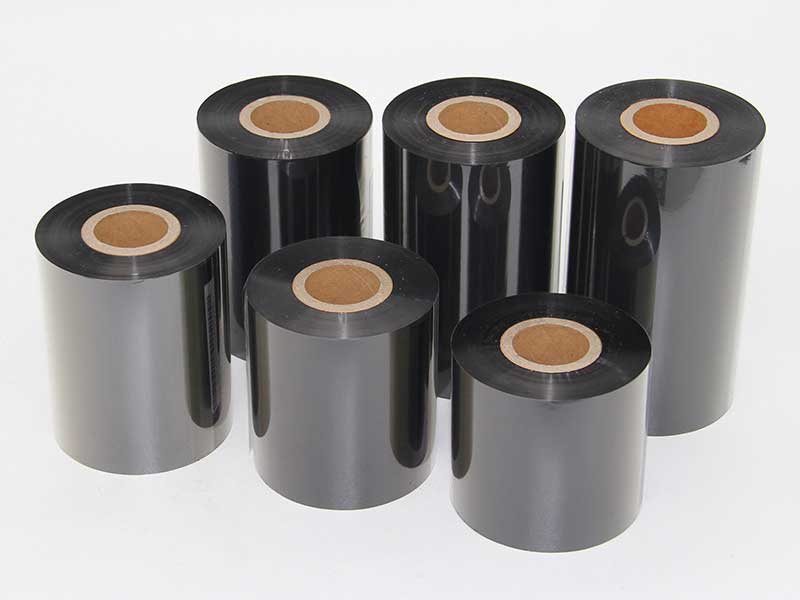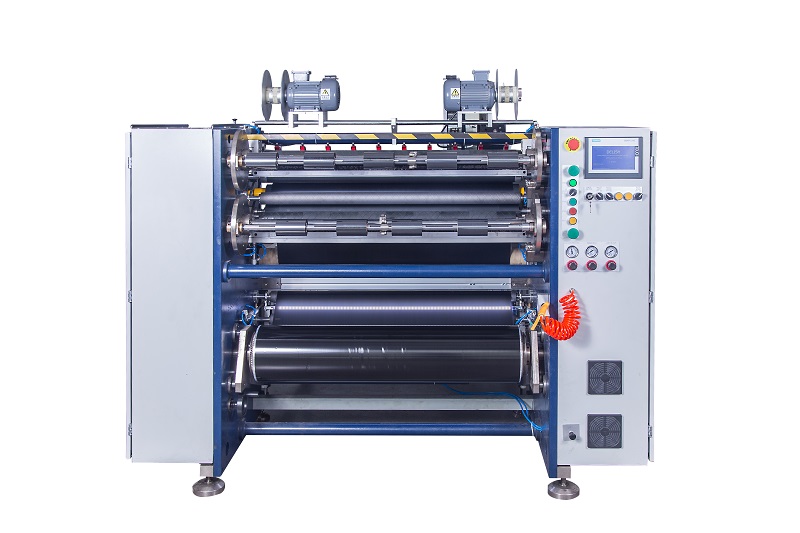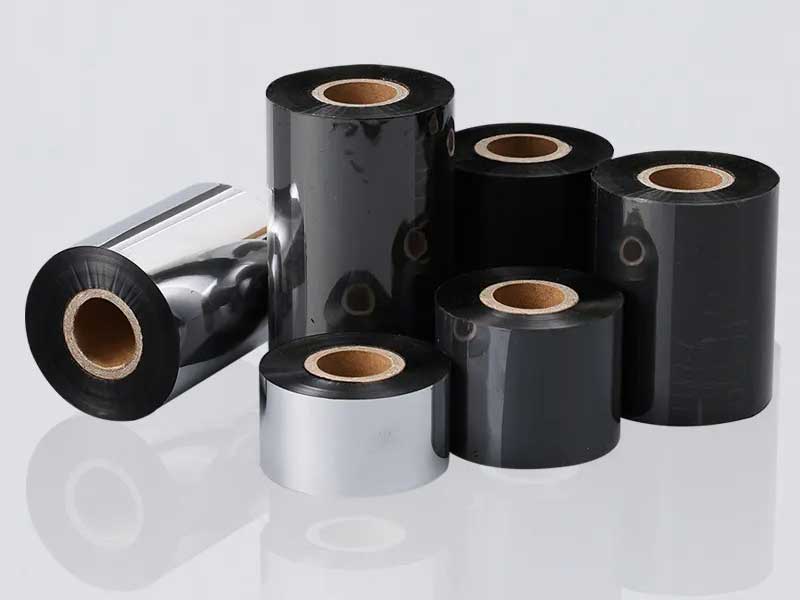
In the wave of transformation and upgrading of the manufacturing industry, some domestic slitting machine manufacturers are taking technological innovation as the core and making breakthroughs. Today we will take a look at how slitting machine manufacturers use innovative technology to develop.
The slitting machine developed by the slitting machine manufacturer integrates the intelligent control system to achieve high precision and diversity of material slitting and meet the customized needs of different industrial fields. For example, the use of central winding and digital drive technology improves the efficiency and flexibility of the equipment.
Slitting machine manufacturers also pay attention to material adaptability, and the designed machinery can handle a variety of materials such as paper, film, metal foil, etc., broadening the scope of application. By optimizing the mechanical structure and drive system, it is possible to maintain stability even at high speeds, reduce losses, and improve yields.
In addition, some enterprises, such as Delishi Automation, actively explore overseas markets and participate in competition, showing the influence of the slitting machine brand. These slitting machine manufacturers also strengthen cooperation and communication with customers, and carry out product iteration based on feedback to ensure that the technology continues to lead.
To sum up, domestic slitting machine manufacturers are making unremitting innovation efforts to enhance the market competitiveness of their products and contribute to the progress of intelligent manufacturing.

not just a tool for production, but a gatekeeper of quality, signing an unspoken guarantee of quality with its reliability.
12. December, 2025
Its evolutionary trajectory clearly points to two dimensions: rock-solid reliability and smooth flow of water
12. December, 2025
Behind the low failure rate of ribbon slitting machine is the result of the cross-integration of materials science, mechanical engineering, control theory and information technology.
12. December, 2025
how to choose a ribbon slitting machine that suits your needs? This article will give you a detailed analysis to help you grasp the core points in the purchasing process.
11. December, 2025
So, is the ribbon slitting machine easy to operate? Let's uncover the secrets of its convenient design together.
11. December, 2025